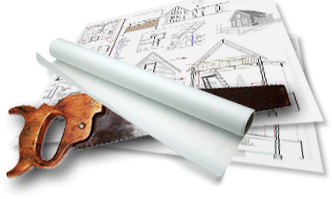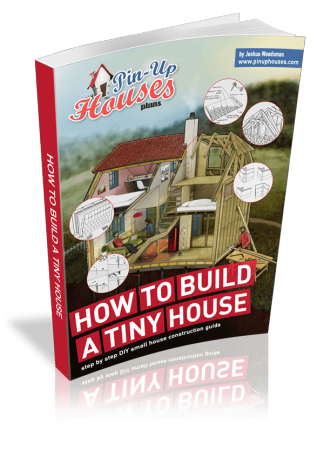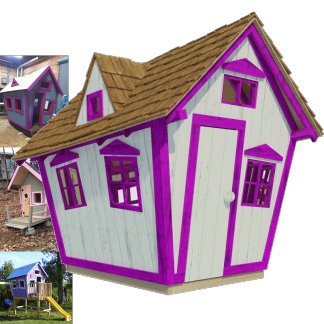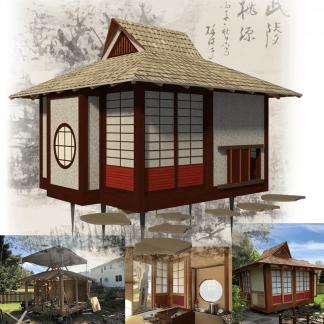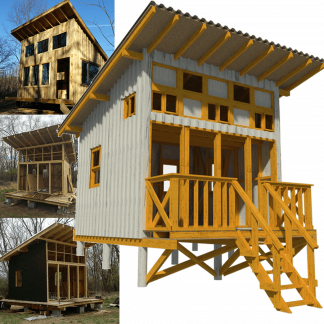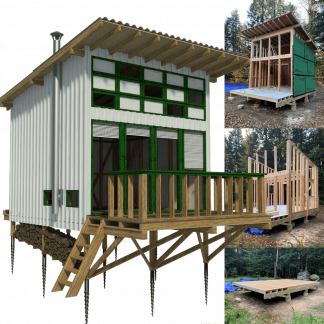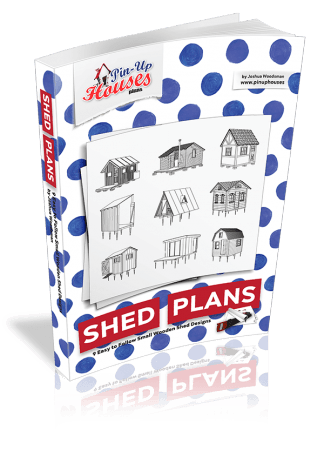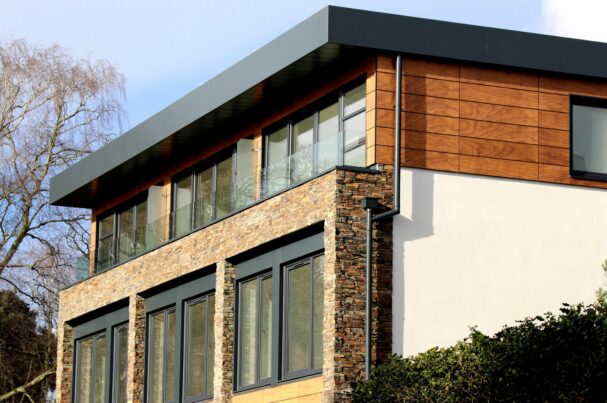
In many homes across Oklahoma City, OK, traditional interior design has long been the standard. From ornate wood trim and antique-style furniture to heavy drapes and dark-stained cabinetry, the look has remained popular for decades. But as lifestyles and tastes shift, a growing number of homeowners in the area are leaning toward something different, something lighter, cleaner, and more open.
Modern design is gaining ground because it fits the way people live today. It favors simplicity, practical layouts, and natural light. It can also make rooms feel more spacious and less crowded. For those thinking about a refresh, moving away from traditional décor doesn’t mean replacing everything. The key is knowing which changes make the biggest difference, and which ones can be done gradually.
Start with Key Structural Changes
One of the first things to consider when moving from traditional to modern is the structure of your space. Traditional homes in Oklahoma City often have divided rooms, ornate trim, and bulky built-ins. These features can make a home feel closed off or visually busy. Modern style, on the other hand, emphasizes open layouts and clean architectural lines.
You might begin by removing dated crown molding or decorative wall panels. These small updates can go a long way in changing the overall tone of a space. If your home has multiple small rooms, opening up walls to connect living, dining, and kitchen areas can create a brighter, more open feel.
Bathrooms, in particular, are often full of old-fashioned features that don’t match today’s cleaner style. A traditional tub surrounded by tile, dated vanities, or gold fixtures can all make the room feel outdated. Replacing them with modern walk-in showers, wall-mounted sinks, and sleek finishes can instantly change the look and function of the space.
For homeowners in Oklahoma City looking to modernize outdated bathrooms or update finishes, ZINTEX Remodeling Group of Oklahoma City is one local option known for its professional bathroom remodels that blend clean design with everyday comfort.
Once the structure starts to shift, the next step is to look at materials and finishes. This is where a lot of the modern appeal really starts to show through.
Swap Out Traditional Materials and Finishes
Traditional homes often feature darker woods, glossy surfaces, and ornate hardware. Making the switch to modern doesn’t require a full remodel—you can get a fresh look just by updating a few key elements.
Start with your floors and cabinets. Lighter woods like white oak or engineered alternatives in soft, natural tones are popular in modern design. They help open up a room and make it feel brighter. In the kitchen, replacing laminate counters with quartz or concrete can completely change the space. Hardware also matters—sleek, matte black, or brushed nickel handles make a noticeable difference.
Don’t forget the wall texture and finish. Smooth walls painted in crisp whites, soft grays, or muted tones tend to feel more current than textured or wallpapered surfaces. And when in doubt, simplicity usually works best.
Update Color Schemes and Lighting
One of the easiest ways to modernize a home is by changing the color palette. Traditional styles often lean into deep reds, browns, or golds. These shades can feel heavy, especially in smaller spaces. A modern color scheme usually includes whites, grays, beiges, and soft blues. These tones help reflect light and create a calm, clean vibe.
Start small by repainting a single room. Use a matte finish for walls instead of a high-gloss one. Neutral colors create a solid base, allowing you to mix in modern art, furniture, or accessories as you go. If you want a pop of color, use it sparingly—maybe in a throw pillow, rug, or a piece of wall décor.
Lighting also plays a big role in the transition. Older fixtures, such as chandeliers with ornate metalwork or shaded wall sconces, can make a space feel stuck in the past. Replacing them with clean-lined pendants, track lights, or recessed lighting helps update the room right away. Go for warm white bulbs that still provide brightness without a harsh tone. And don’t forget the power of natural light; removing heavy curtains and using sheer panels can brighten up any space instantly.
Choose the Right Furniture and Decor
Furniture has a huge impact on how a room looks and feels. Traditional pieces often have detailed carvings, rich fabrics, and curved lines. These can be beautiful but might feel too formal or bulky in a more modern space.
When updating, look for furniture with straight lines, solid colors, and slim profiles. You don’t have to replace everything at once. Try swapping out a coffee table or side chair first. Mixing styles can actually create a unique look. A traditional sofa paired with a modern console table can work if the colors and shapes complement each other.
Modern décor tends to follow a “less is more” idea. That doesn’t mean removing personality—it just means being thoughtful about what goes on display. Choose simple artwork, geometric shapes, and items that offer a clean look. Floating shelves, open display units, and mirrors with thin frames also work well in modern interiors.
Keep Functionality at the Core
Modern homes tend to focus on how space is used. It’s not just about style; it’s also about making life easier. Look at each room and think about how it functions day to day. Are there pieces that take up space but don’t serve a real purpose? Could one piece of furniture serve two needs?
Multi-use furniture like ottomans with storage, dining tables with built-in leaves, or beds with drawers can help free up space. Built-in shelving also helps reduce clutter while keeping things accessible. These small upgrades go a long way in making a home feel more modern and practical.
Shifting from traditional to modern style doesn’t have to feel overwhelming. Small, steady updates, like swapping materials, changing paint, or bringing in new lighting, can lead to big changes over time. You don’t need to rush or start from zero. Focus on what feels right for your space and your lifestyle. With a few smart changes, your home can reflect a fresh, modern look that still feels like home.

